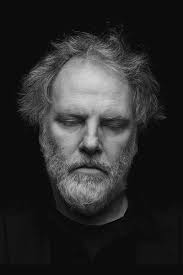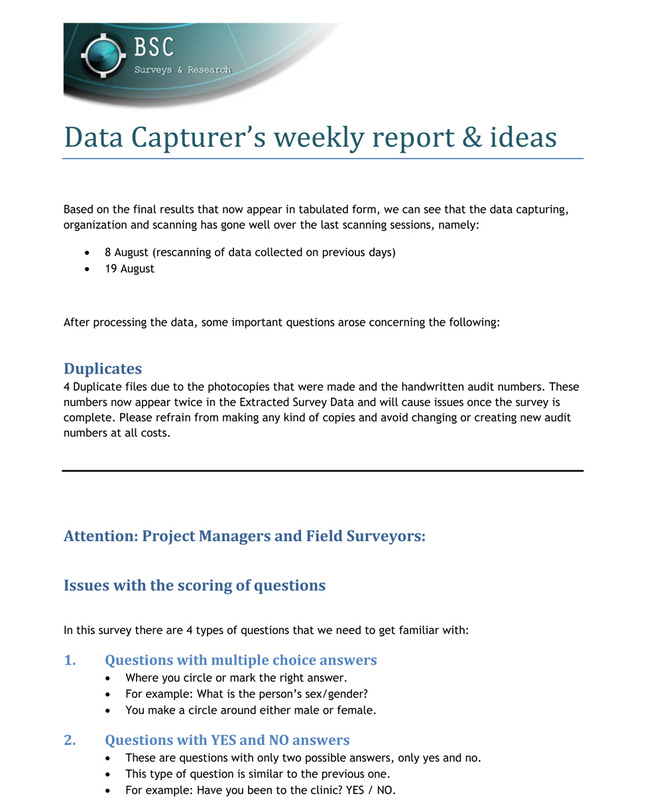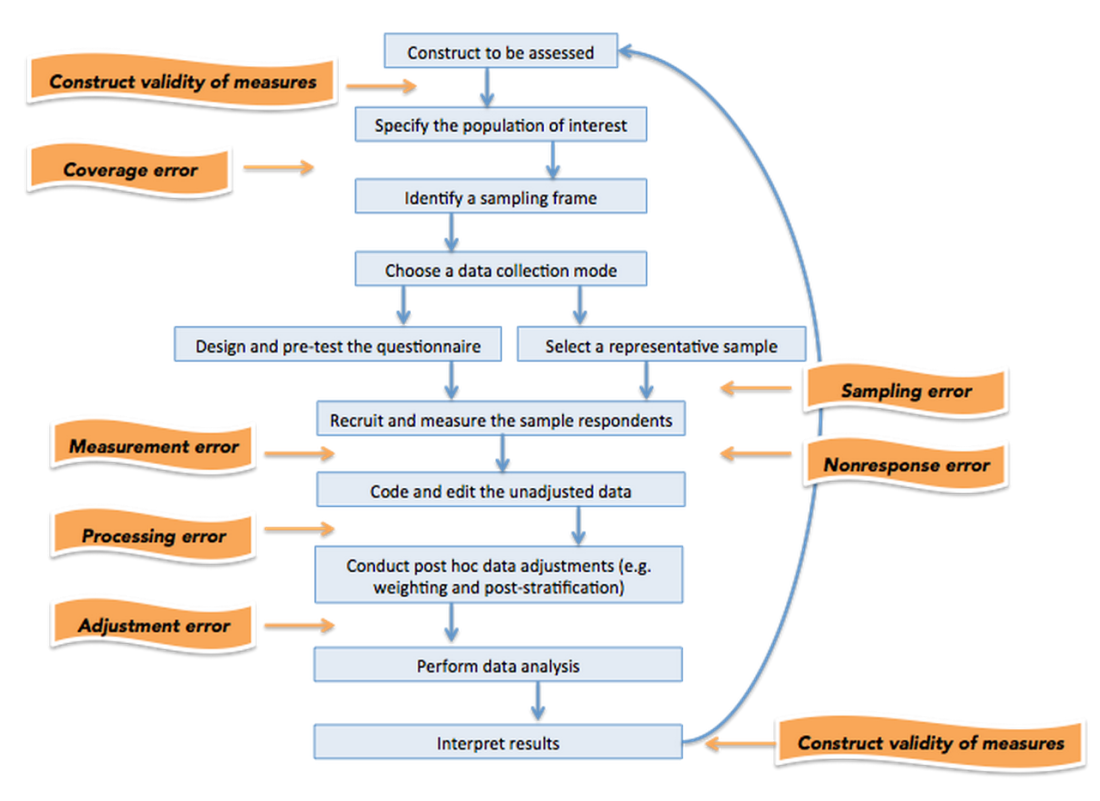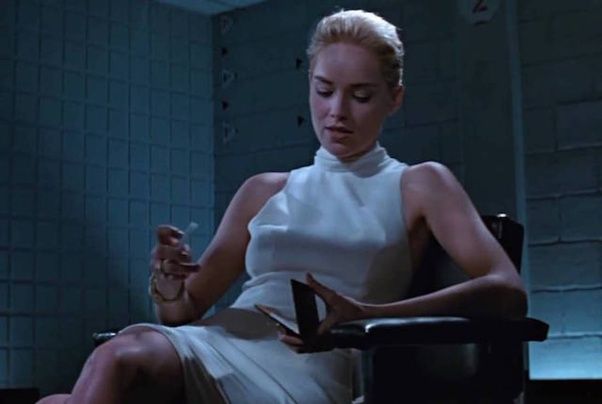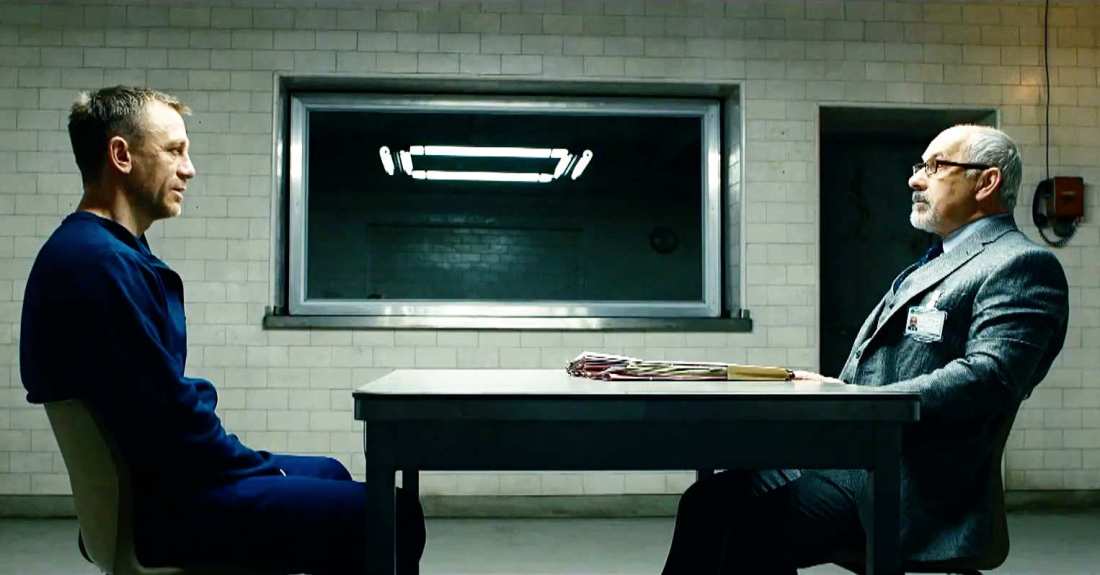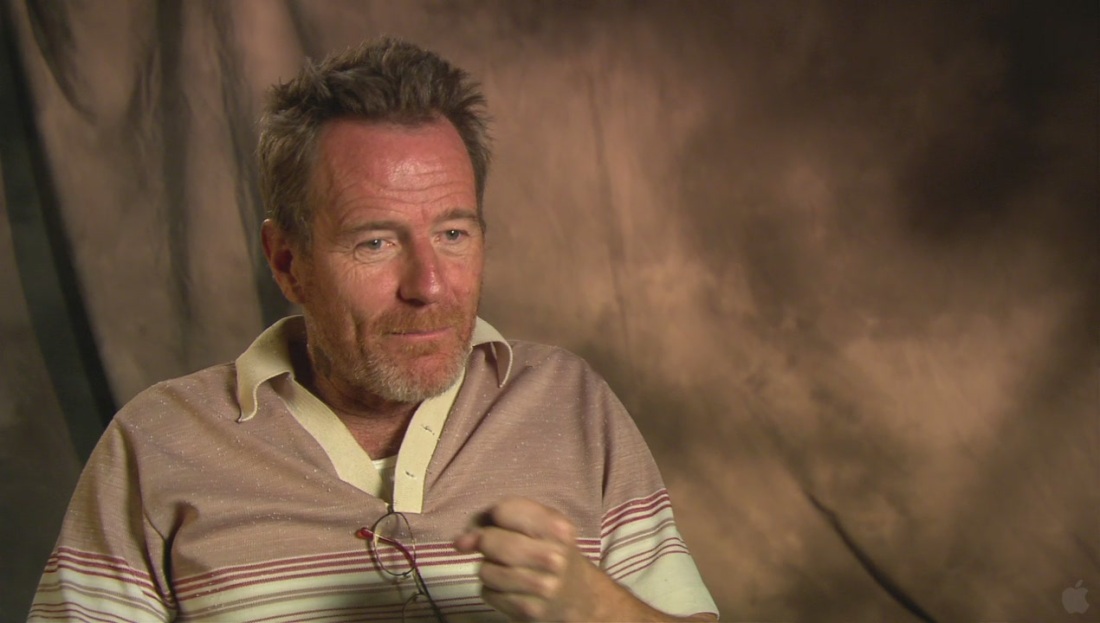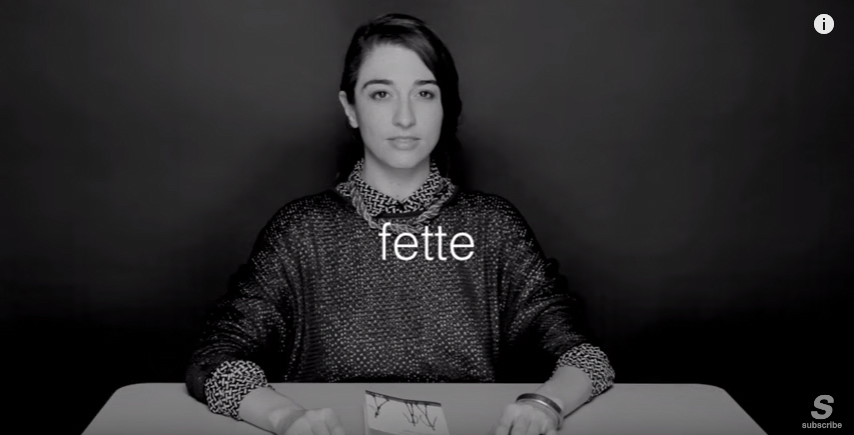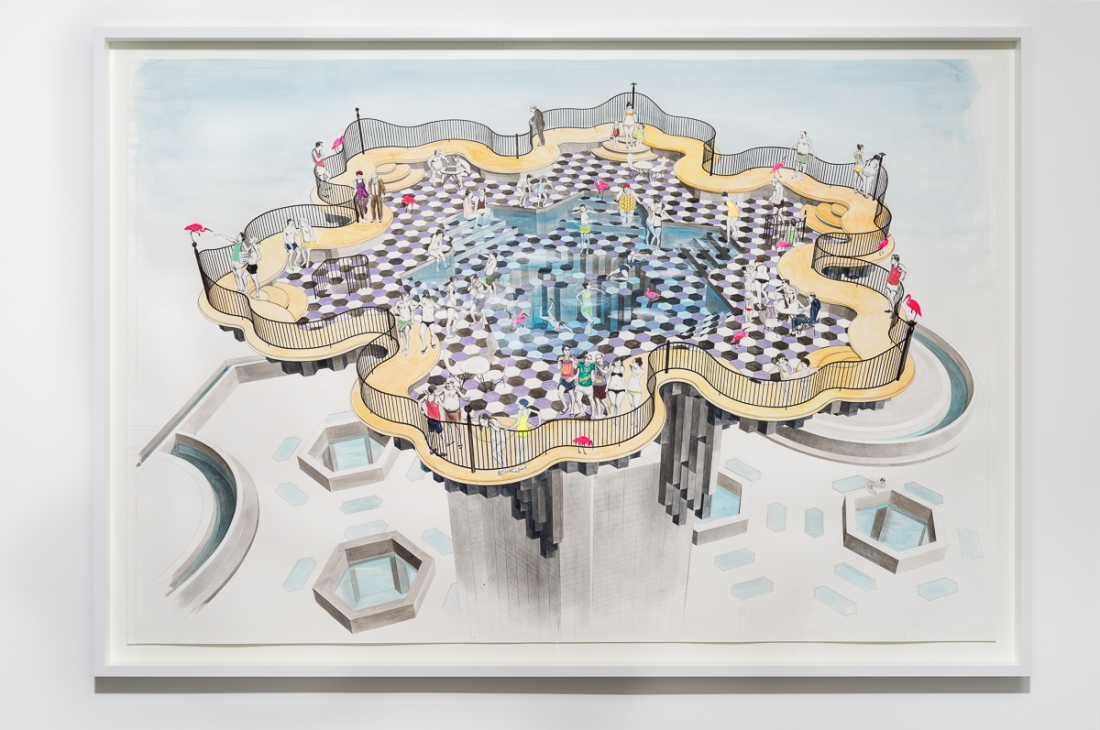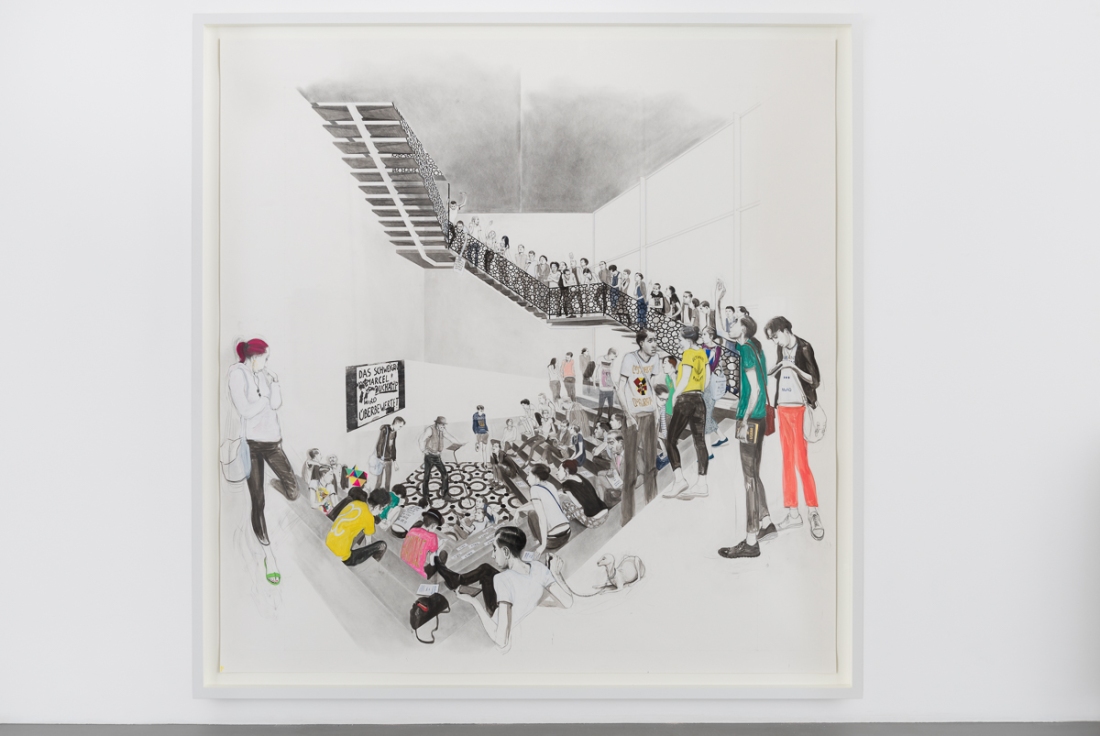In this post I am going to write down examples of questionnaires that I feel will be of use and even a sample set of questions which shall guide the questions for each category. I’m also going to think of the varying elements within the video works that I need to consider and how each one adds to what I am wanting the viewer to hear.
So far in my book I’ve been writing down various questions that I’ve found doing simple google searches. Such as “interview questions” and “date questions. Some of the results have been rather useful in stimulating further questions as well as simple modification which can be made to those questions found. Here is the basic questionnaire which I’ve constructed. At the moment, these questions are in no particular order. I think once I’ve narrowed them down for each group then some sense of order will naturally flow and also a train of thought(s) I wish to guide the participant along will come forth.
Example Questionnaire
Describe me in five words?
What was your first impression of me?
What are my strengths?
What are my weakness?
How do I respond to criticism?
What should I know about myself that I’d never think to ask?
What is your worst experience of me?
What is your best experience of me?
What pet peeves do you have in regards to me?
What did your enjoy most about our last interaction?
How would you describe me to a stranger or someone I’ve never met?
If you could change one thing about me what would it be?
What is the most difficult situation you’ve faced with me?
What do I bring to everyday life?
This seems to be a good amount of simple/basic questions which can help form the varying questions for each category. The categories which I am talking about, which I may have mentioned in a previous post, are family, friends, acquaintance, ex, old bosses, old friends. I feel I am looking to obtain certain aspects of the relationships or certain perspectives in regard to each group. For ex’s I would be looking to discuss the intimacy and affection and possibly the intense negative emotions felt during or after its demise. Where as with family I am looking to talk about memories (either from childhood or their memories to me as a child) to various ages and how their perspective change throughout the ageing process. I will first think of the qualities found within those relationships and then construct the varying questionnaires from there. First off it will be family. The aspects of this that i want to obtain, which I briefly mentioned above, is this transformation of perspective over the years we’ve spent together and they time they’ve spent watching me grow. I was thinking possibly have two set of questions, maybe even three. One would be for my parents, then siblings and finally extended family (grandparents, uncles and aunties, cousins). This distancing in relationships will give an overall sense of how each group interprets me and the various stages of my existence.
Family Questions
Describe me in five words.
What was your first impression of me?
What are my strengths?
What are my weakness?
How would you describe me to a stranger or someone I’ve never met?
Fondest memories of me and why?
Describe me in five words at these ages. 5, 12, 18, 21.
Where do you see my position within my family and why?
If you could change one thing about me what would it be?
What is your worst experience of me?
Favourite part of me/my personality?
What is your best experience of me?
The next group which I am going to think about is friends. There seems to be a sort of intimacy and security or comfort which can be found with people who we call friends which some may not find within their blood relationships. Possibly because we are trying to meet different needs through both groups but most people seem to be able to express ideas which are bound up and overflowing with anxiety or fear. This could be because of what one might hear in return to what they say and instead of hearing a criticism or demand they feel they’ve been heard. So what do I want to ask of these people? Possibly questions that tries to understand the reason behind the continually communication and interaction over the years. What they believe has kept them coming back for more.
Friend’s Question
Describe me in five words?
What was your first impression of me?
What are my strengths?
What are my weakness?
What should I know about myself that I’d never think to ask?
What is your worst experience of me?
What is your best experience of me?
How would you describe me to a stranger or someone I’ve never met?
Fondest memory of me and why?
Favourite part of me/my personality?
What is it about my personality that didn’t push you away and keeps you coming back?
Now we move onto acquaintances. These group seem to be the most varied in the sense that they can be anyone. From people you’ve met only several times through friends and family, to people you’ve spent time with on a regular basis but have yet to move beyond the simple conversations about daily interactions and life to those moments where part of your personality is before them, ready for their inspection and critique. What I want to know from this group would be possible reasons why we never became closer, any reasons why they distanced themselves (which could be the exact same question as the first) and so on.
Acquaintance Questions
Describe me in five words?
What was your first impression of me?
What are my strengths?
What are my weakness?
What should I know about myself that I’d never think to ask?
What kept us from becoming closer?
What did your enjoy most about our last interaction?
How would you describe me to a stranger or someone I’ve never met?
If you could change one thing about me what would it be?
Any reason for our distance?
Next up, which is one I am most interested in or at least the category which I’ve been able to add more additions than others is ex’s. These question seem to focus their attention around the more intimate moments and the other person understanding or rationale around why and how the relationship came to an end. What was it about myself that created this possibly rift and would they want to change anything if they could.
Ex Questions
Describe me in five words?
Do you ever reminisce about our past? and if yes, what about it?
What was your first impression of me?
How do I respond to criticism?
What should I know about myself that I’d never think to ask?
What is your worst experience of me?
What is your best experience of me?
What pet peeves do you have in regards to me?
What did your enjoy most about our last interaction?
How would you describe me to a stranger or someone I’ve never met?
If you could change one thing about me what would it be?
Favourite part of me/my personality?
Why do you believe the relationship came to an end?
Do you cherish the moments of intimacy we shared?
What is your most missed part of our interactions?
This next one was a bit harder for me to grasp or think of various questions which can be asked of them. It is old bosses and my thinking was more about what the expected from me and my involvement within the business they worked for or ran and if I meet those requirements. I think it would be interesting to hear from the ones who I didn’t quite see eye to eye or struggle to hear what they were trying to say because of the enemy images I had of them.
Old Boss Questions
Describe me in five words?
What was your first impression of me?
What role were you expecting me to fill and did I easily slot into this position?
Why did we end up departing?
What are my strengths?
What are my weakness?
How do I respond to criticism?
What should I know about myself that I’d never think to ask?
If you could recommend me to another employee, would you?
If you could change one thing about me what would it be?
What is the most difficult situation you’ve faced with me?
Finally, onto the last group of people and ones I am also greatly intrigued with hearing their own translations of my behaviours is the group of old friend’s. These are people with whom I once had a strong connection with and spent relatively large moments of time in their presence. It will be interesting to hear how they once saw me and if that imagine of who I was is still burned into their mind. It will also be interesting to see why they felt we drifted apart and if there was anything I did (according to them) which they felt contributed to this or stimulated this desire within them to remove themselves from my presence.
Old Friends Questions
Describe me in five words?
What was your first impression of me?
When and did we drift apart?
What are my strengths?
What are my weakness?
What should I know about myself that I’d never think to ask?
What is your worst experience of me?
What is your best experience of me?
What did your enjoy most about our last interaction?
How would you describe me to a stranger or someone I’ve never met?
If you could change one thing about me what would it be?
Do you reminisce over our past interactions and if so, what memories do you become lost in?
What is it about our interactions that you miss the most?
These seem to be a decent first draft for questions that I can propose for each group. Now I need to think of ways in which people can answer these questions. Possibly I could send it off to most people, especially those who live within different states, via a online quiz generator. Once I’ve collected the answers I could present them in any manner that I’d like. I think using a typewriter font would be pleasing for me because of my connections to spy and detective movies, as well as war and old timely letters. This simplicity in style may also allow for easier access into what I am trying to communicate and it also flows on with the sort of interrogation/interview vibe I am wanting to instil within the videos. Also I assume once upon a time, back before we came to this point in technological development, many letters were written by type writer. These qualities can be discussed on Thursday with Andrew once I’ve established the questionnaires.
Now onto the qualities of the video I am trying to capture. I need to think about atmosphere, lighting, camera, position/location/angle, sound, and colour/tone. I previously discussed part of these aspects within my last post and considered the sort of vibe which I am trying to capture. For this I would like to capture a combination of interrogation, job interview and journalistic interview. The interrogation room would inspire the limited objects within the frame (just a table, possibly pen and paper for writing answers and the person in view) and the reduced colours used. I think using black drapes in the background and possibly a white table cloth would help to reduce the external distractions and place our view (or concentrate it) upon the one being questioned. I would also like to use a single light source that is mainly directed towards the face of the one in question and have the camera positioned in a way that gives the impression we are observing it all through the eyes of the interviewee. This way it would give a sense that I there sitting before them and the individual looking at this work can place themselves within my shoes. This would all add to the overall feel of the work and the interpretations presented after viewing. Hopefully this information will allow for something of quality and value to come forth. Although it wont appear in this post, from here I need to investigate the various ways I can present the questionnaires and what would be most useful and why. Until next time.


